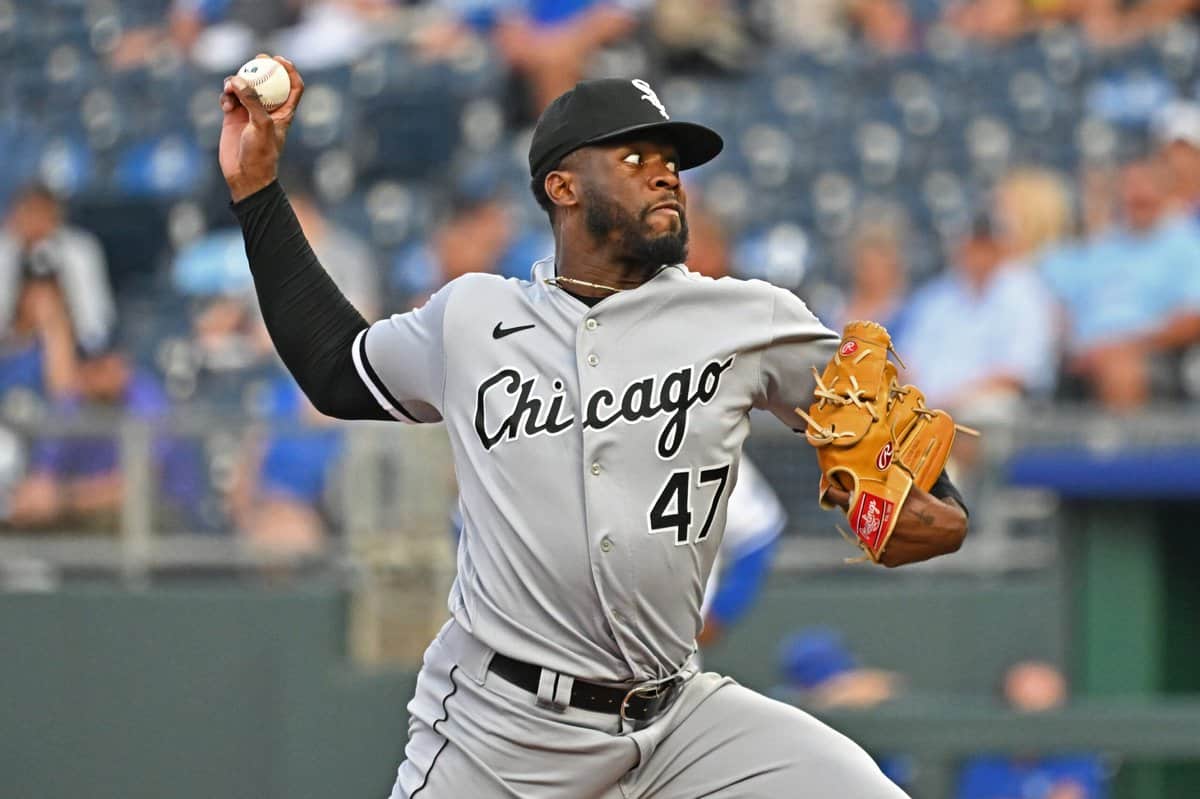To the extent that spoilers on the topic are possible, Tim Dierkes tipped off the White Sox's projected salaries for arbitration-eligible players in his thorough offseason outlook for the team on MLB Trade Rumors on Wednesday. I assumed he was working with the same numbers that would appear in the league-wide post that normally appears this time of the year, but MLBTR published that post this morning to eliminate all doubt.
With the White Sox facing a retrenching at a minimum and a(nother) rebuilding at the most severe, the decisions at the non-tender deadline will pale in comparison to the immediate offseason decisions Chris Getz will face -- the team options for Tim Anderson and Liam Hendriks.
That said, these numbers are still necessary when formulating payrolls for the Offseason Plan Project, so let's take a quick look at them.
| Player | 2023 | 2024 |
|---|---|---|
| Dylan Cease | $5.7M | $8.8M |
| Andrew Vaughn | $760K | $3.7M |
| Michael Kopech | $2.05M | $3.6M |
| Touki Toussaint | $720K | $1.7M |
| Trayce Thompson | $1.45M | $1.7M |
| Garrett Crochet | $733K | $900K |
| Clint Frazier | $720K | $900K |
| Matt Foster | $734K | $740K |
| Total | $12.867M | $22.04M |
Thompson hit just .171/.261/.232 with 40 strikeouts over 92 plate appearances for the White Sox when Frazier was there all along, so it seems like both will be non-tenders by the deadline, if not earlier. Foster missed all of 2023 with Tommy John surgery, so while his salary will be negligible, the commitment to the 40-man spot over the winter could be the bigger obstacle to his hanging around.
The others all seem fairly secure, if only for a lack of options elsewhere. Cease's salary trajectory flattened somewhat after his down year. Should that projection hold, it'd actually help boost his trade value in the event he rediscovers his 2022 form. Kopech's knee cyst gives him a documented reason to expect a rebound in one role or another after his late-season shift to the bullpen accomplished nothing, and the league-minimum days for Vaughn are over, so he'll actually have standards to meet starting now.
Toussaint is perhaps the only unclear case, if only because he seemed every bit the random flier when the White Sox claimed him from the Cleveland Guardians to patch their starting/bulk pitching woes in late June. While fellow emergency option Jesse Scholtens eventually gave way under the stress of all those innings, Toussaint showed some staying power. It wasn't pretty, what with 52 walks and seven hit batters over 83⅓ innings, but he pitched around a fair amount of the traffic he generated.
He finished the year with a 4.97 ERA, but he frequently pitched better than that mediocre number would suggest. It's just that his inefficiency often limited him to five great innings instead of seven, making signs of progress easier to erase with a dud.
September summed this up pretty well:
- Sept. 1: 5.1 IP, 5 H, 3 R, 3 ER, 2 BB, 6 K
- Sept. 6: 6 IP, 2 H, 2 R, 2 ER, 3 BB, 6 K
- Sept. 12: 1 IP, 6 H, 8 R, 8 ER, 2 BB, 1 K
- Sept. 16: 5 IP, 3 H, 1 R, 1 ER, 1 BB, 8 K
- Sept. 22: 6.1 IP, 5 H, 1 R, 1 ER, 2 BB, 2 K
- Sept. 28: 4 IP, 3 H, 1 R, 1 ER, 3 BB, 4 K
One disaster negated three good outings and two that were effective enough, resulting in a 5.20 ERA for the month.
Whether starting or relieving, Toussaint was willing to take the ball whenever Pedro Grifol gave him the ball, so I imagine he made a sufficient case for a 13-man pitching staff with an alarming amount of vacancies. There'd be a stronger argument against committing to Toussaint if the White Sox had a full rotation or a full bullpen, because Toussaint isn't a great bet for 120 innings or higher leverage outings. Both are in massive flux, though, so Toussaint represents a decent on-hand option to cover scores of innings from either department. Among everybody and everything the White Sox threw against the wall in 2023, Toussaint might be the only one who stuck.





